Dragon Age: The Veilguard‘s approach to humor echoes that of the original Dragon Age, allowing players to navigate the series’ darker themes with moments of levity. Dragon Age: The Veilguard brought back a humorous protagonist in Rook, evoking comparisons to Hawke from Dragon Age 2.
Both characters offer plenty of comedic relief, but their humor takes different forms, shaped by the narrative and themes of their respective games. While opinions may vary depending on personal taste, comparing these Dragon Age protagonists reveals how each character’s humor fits their story and the era of Dragon Age they represent.
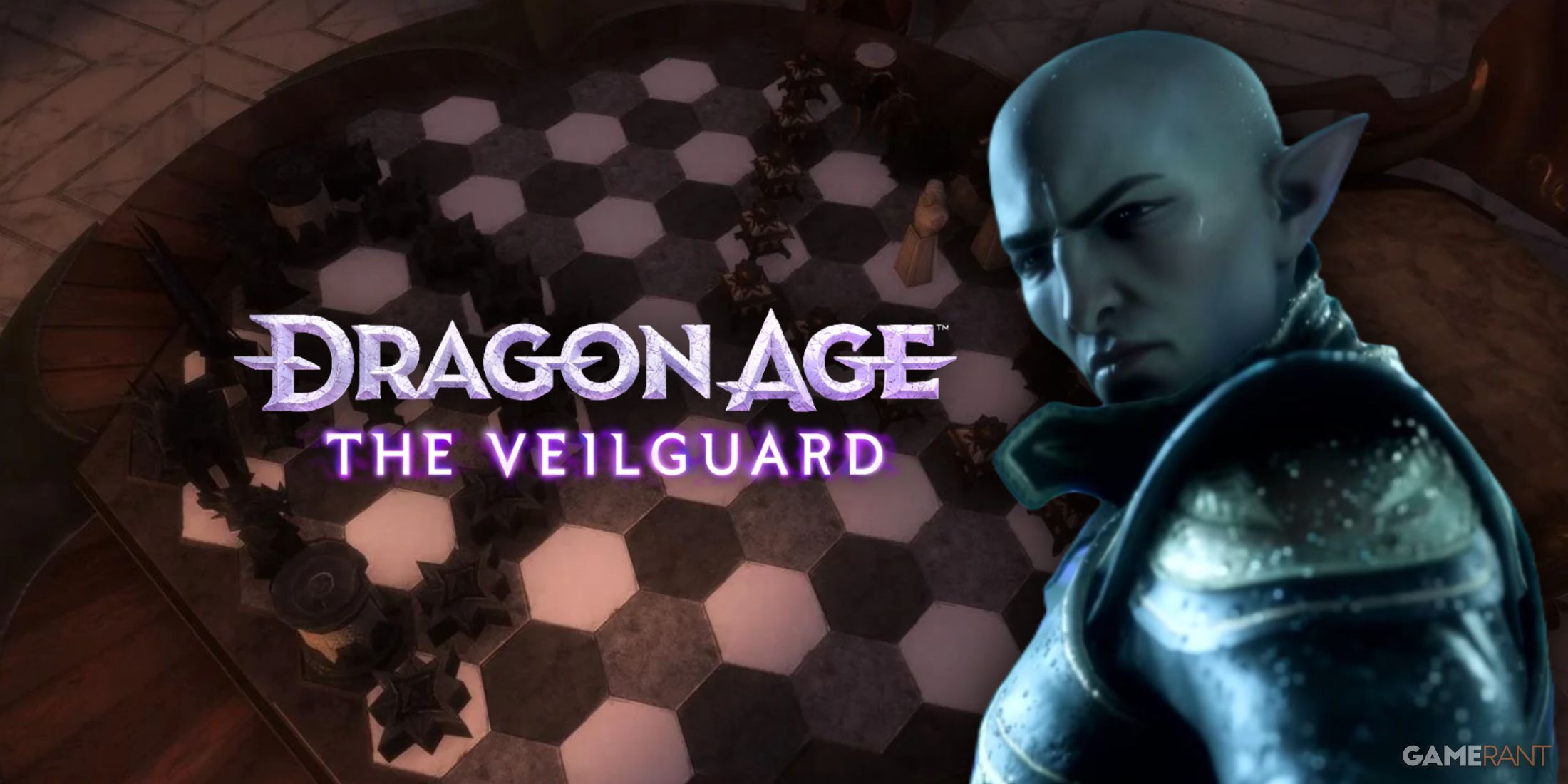
Related
How Dragon Age: The Veilguard Utilizes ‘Castling’ in its Storytelling
Throughout Dragon Age: The Veilguard, recurring chess motifs may hint toward BioWare’s use of castling within its narrative between Rook and Solas.
Hawke’s Humor Reflects Kirkwall’s Chaos
Hawke, the protagonist of Dragon Age 2, finds their sarcastic wit often intertwined with the turmoil of Kirkwall. From being tasked with solving disappearances to addressing political unrest, Hawke’s biting humor serves as a coping mechanism. When presented with a bag of bones during the investigation of missing women, sarcastic Hawke quips, “If they’re not dead, watch out for a bunch of boneless women flopping through the streets.” This dark humor underscores the absurdity of their situations while often alienating companions.
Hawke’s humor aligns with the game’s themes of political tension and personal loss. They endure the deaths of their siblings and their mother, yet their responses rarely reveal emotional vulnerability. Instead, their humor often borders on inappropriate, highlighting the tension in sensitive moments. For example, Hawke’s dry remarks about leadership—such as, “Do I look like the leader of this merry band of misfits?”—reflect their reluctant role as a leader in a city constantly on the brink of disaster.
This sarcasm complements Dragon Age 2’s friend and rival system, where extreme views among companions like Anders and Fenris force players to navigate conflicting ideologies. Hawke’s humor lightens the mood and exacerbates tensions, leading to memorable character dynamics that amplify the game’s moral complexities.
Rook’s Humor Highlights Awkward Vulnerability
Rook from Dragon Age: The Veilguard starkly contrasts Hawke’s cutting sarcasm. Their humor leans into awkward, self-deprecating moments, often revealing their emotional struggles. Rook shares an “adorkable” quality, as seen when they resonate with Bellara’s comment about their racing thou9ghts. Throughout their interactions, both tend to bounce off each other’s awkward nature.
Rook’s humor is often checked by their companions. When they push for levity during serious moments, their team may nudge them to focus, prompting awkward, heartfelt apologies. This dynamic aligns with the game’s themes of mortality and regret, as Rook grapples with the loss of their mentor Varric. While Varric dies early in the story, Rook’s grief manifests as visions of him, a subtle yet poignant depiction of unresolved emotions.
Rook’s Dragon Age: The Veilguard arc emphasizes building a found family, contrasting with Hawke’s team, where ideological clashes often create divisions. While Rook does mediate minor squabbles—such as those between Davrin and Lucanis—the conflicts lack the intensity of Fenris and Anders’ ideological battles. Rook’s humor reinforces their role as a reluctant but heartfelt leader, striving to unify their team in the face of Thedas’ growing threats.
Storytelling Evolution Between Dragon Age Games
The humor of Hawke and Rook also highlights how BioWare and Dragon Age storytelling has evolved over the years. Dragon Age 2 leaned into a more irreverent tone, even when addressing heavy topics like the Qunari occupation or blood magic. The absurdity of Kirkwall’s chaos often mirrored Hawke’s sarcastic quips, creating a cohesive narrative style that balanced levity with tension.
In contrast, The Veilguard embraces themes of grief and existential reckoning, reflected in Rook’s more vulnerable humor. The game’s lighter moments often give way to deeper emotional insights, such as Rook’s reluctance to lead in Varric’s absence. These shifts reflect changes within BioWare’s development team and storytelling priorities.
Rook is frequently offered moments of introspection, such as conversations about mortality and their evolving relationships with party members in The Veilguard. This approach contrasts with Dragon Age 2’s emphasis on ideological conflict and the inevitability of choosing sides. These differences suggest that Dragon Age has moved toward a more introspective narrative style, giving players opportunities to explore themes of loss and reconciliation alongside humor.
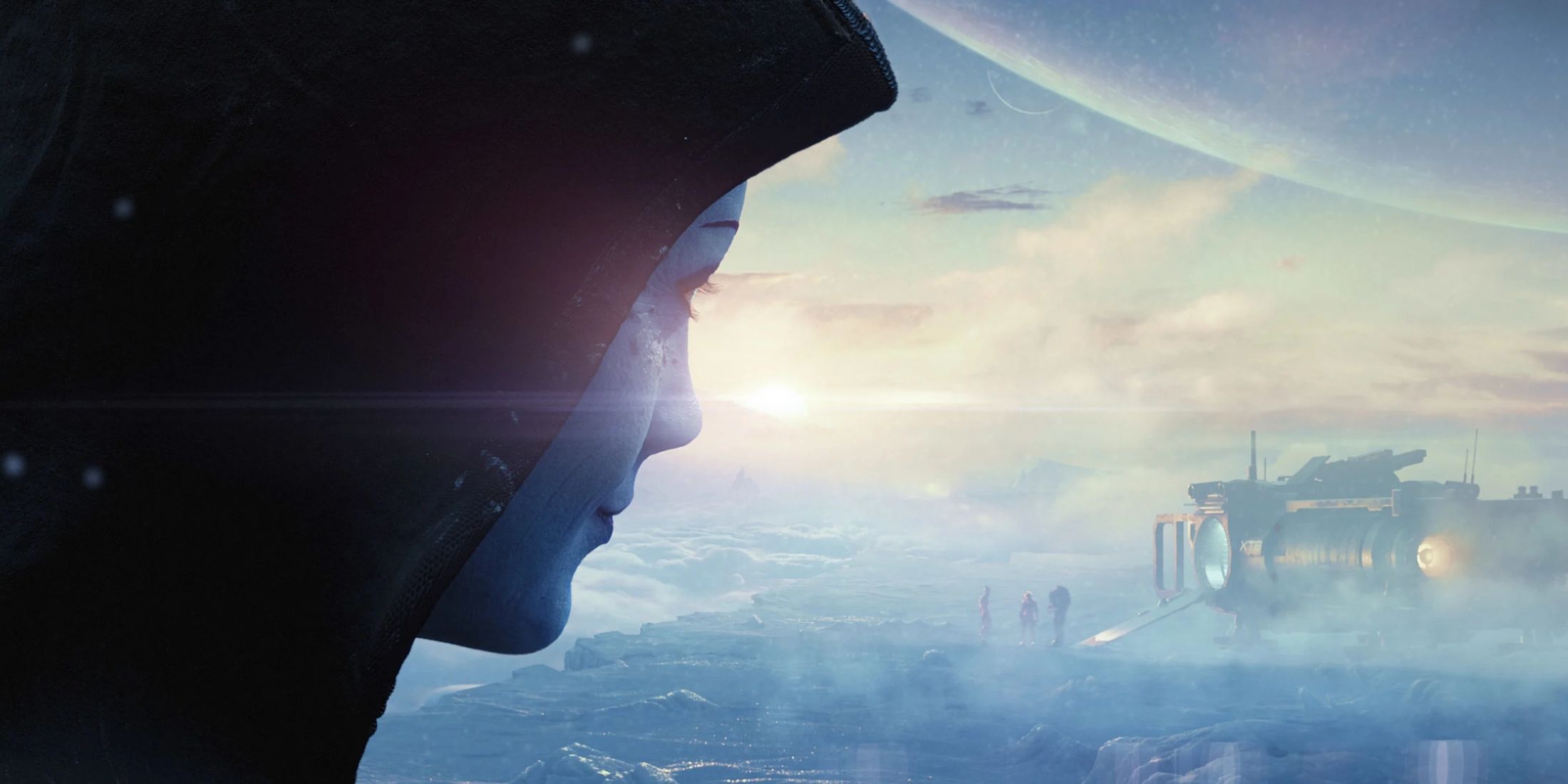
Related
One Cut Dragon Age: The Veilguard Feature Shouldn’t Be Left in The Dust For The Next Mass Effect
Mass Effect is still early in development which means it isn’t too late to include a crucial feature that was cut from Dragon Age: The Veilguard.
Hawke vs. Rook: A Battle of Styles
Ultimately, Hawke’s humor stems from their hardened personality, shaped by personal losses and the absurdity of their circumstances. Their biting sarcasm often serves as a defense mechanism, reflecting the chaos of Kirkwall in Dragon Age 2. Meanwhile, Rook’s humor is rooted in awkwardness and vulnerability, offering moments of levity while reinforcing their emotional journey.
Both characters deliver unique comedic experiences that resonate differently depending on the player. While Hawke’s humor leans into irreverence, Rook’s “adorkable” charm captures the complexities of a leader navigating grief and responsibility. These contrasting styles not only highlight the distinct storytelling priorities of their games but also ensure that each protagonist leaves a lasting impression.
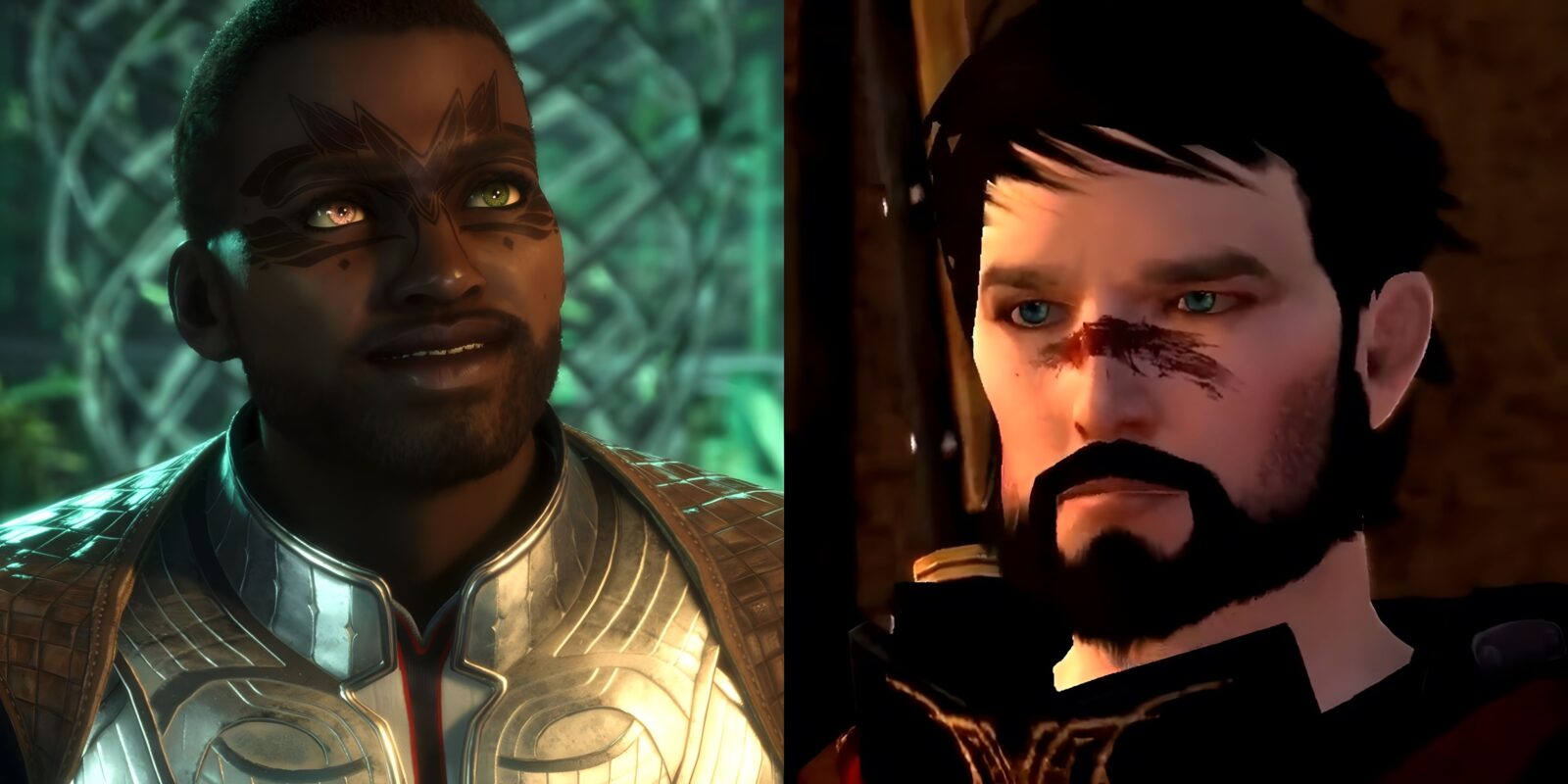
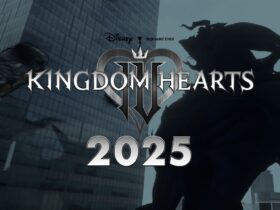



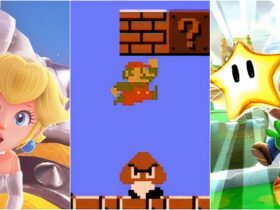
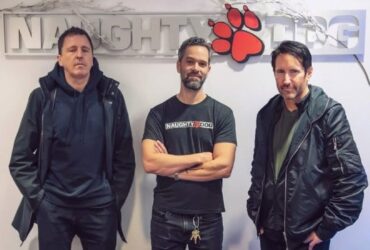
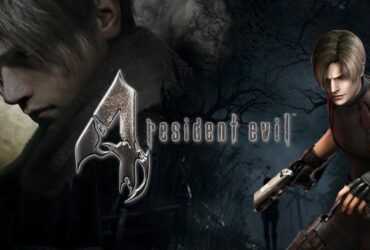
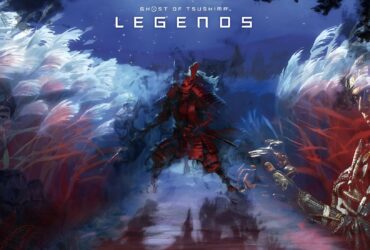
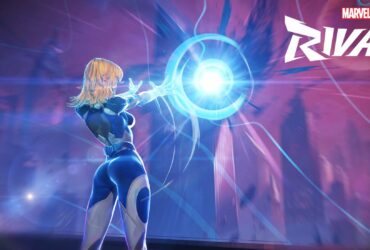

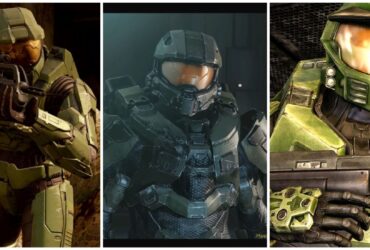
Leave a Reply